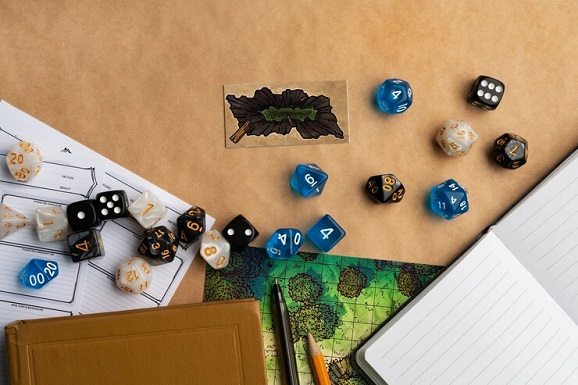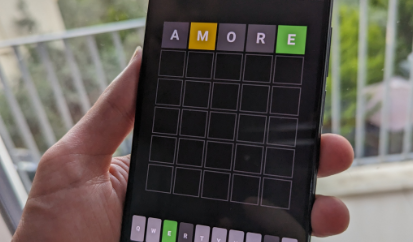The rise of gacha games has revolutionized the world of mobile gaming. These freemium titles, offering a chance to acquire in-game characters or items through a randomized system, have captivated millions of players worldwide. But the story of gacha mechanics goes far beyond the flashy smartphone apps of today. It’s a tale that stretches back decades, rooted in the playful surprise of capsule toys and fueled by technological advancements.
The Gachapon Legacy: Seeds of Randomness in Japan
“gacha” derives from “Gachapon,” a Japanese vending machine phenomenon that emerged in the 1960s. These machines dispensed capsule toys, small figurines, or trinkets enclosed in plastic spheres. For a small price, players could take a chance, not knowing what they would receive. The thrill of the unknown and the potential to acquire a rare or desired toy fueled the immense popularity of Gachapon machines.
This element of random acquisition, the core principle of gacha mechanics, resonated with players. It offered a sense of excitement and the possibility of acquiring something special at a relatively low cost. The success of Gachapon machines planted the seeds for the future evolution of gacha into the digital realm.
The Mobile Gaming Boom and the Birth of Gacha Games (Mid-2010s)
The rise of smartphones in the mid-2010s created the perfect breeding ground for gacha games. Mobile gaming saw a meteoric rise in popularity, and developers constantly sought innovative ways to engage players and generate revenue. The freemium model, offering a base game for free with optional in-app purchases, emerged as a dominant strategy.
Here’s where gacha mechanics came into play. Integrating a system where players could use in-app currency to acquire characters, items, or abilities through a randomized system (often called “gacha pulls”) can help developers offer players a chance to enhance their gameplay experience and build a powerful collection. Combined with the freemium model, this system proved to be a winning formula.
Early gacha games like Puzzle & Dragons and Brave Frontier pioneered this approach. Players could enjoy the core gameplay loop for free, but the allure of acquiring a powerful new character through a gacha pull kept them engaged and increased the incentive to spend real money for in-app currency.
The Gacha Genre Takes Center Stage: Diversification and Innovation
The success of these early titles sparked a boom in the gacha game genre. Developers explored various themes and genres, from fantasy RPGs like Fate/Grand Order to collectible card games like Fire Emblem Heroes. Gacha mechanics became a versatile tool, adaptable to various gaming experiences.
Technological advancements further fueled the growth of gacha games. Live2D technology, for instance, allowed for more expressive and dynamic character illustrations, creating a stronger emotional connection between players and their digital acquisitions. Additionally, sophisticated storylines and rich character development became increasingly important aspects of successful gacha games.
The genre also faced criticism. The reliance on random acquisition systems was sometimes likened to gambling, such as betting on Live Tennis Odds or NFL odds. This raised concerns about responsible spending, particularly among younger players. However, developers implemented features like pity timers (guaranteed rewards after a certain number of unsuccessful pulls) and more transparent odds disclosure to address these concerns.
The Future of Gacha: Embracing New Technologies and Player Preferences
The future of gacha games remains bright. With the constant march of technology, cultural influences, and ever-evolving player preferences, these games are certain to keep changing. Here are some potential areas of exploration:
- Integration with Emerging Technologies: Blockchain technology and the rise of play-to-earn models could potentially reshape the monetization landscape of gacha games.
- Deeper Narrative Experiences: Storytelling might become even more central, with branching narratives and player-driven choices influencing the gacha experience.
- Emphasis on Player Experience: Developers might focus on creating a more balanced and rewarding experience for free-to-play players while still offering enticing options for those who choose to spend.
- Augmented Reality (AR) and Virtual Reality (VR): Integrating these technologies could create new and immersive ways to interact with characters and the in-game world.
One thing remains certain: the thrill of the gacha pull, the anticipation of acquiring something rare and exciting, will likely remain a core part of the experience.
Beyond the Gacha Pull: A Look at Subgenres and Global Appeal
The world of gacha games isn’t monolithic. It encompasses various subgenres, each catering to specific player preferences. Here’s a glimpse into some popular categories:
Gacha RPGs (Role-Playing Games) often feature character collecting, team building, and turn-based combat. Examples include Fate/Grand Order, Genshin Impact, and Epic Seven.
Gacha Collectible Card Games (CCGs): Here, players collect digital cards representing characters or abilities and construct decks for strategic battles. Fire Emblem Heroes, The Elder Scrolls: Legends, and Shadowverse are some prominent titles.
Gacha Simulation Games: These titles offer a more relaxed experience, often with elements like city-building, resource management, and character interaction. Popular examples include Animal Crossing: Pocket Camp and Disney Emoji Blitz.
Rhythm Gacha Games: These games combine the thrill of gacha mechanics with the fun of rhythm gameplay. BanG Dream! Girls Band Party! and Love Live! School Idol Festival is a well-known example.
This diversity ensures a gacha game experience for almost every type of player. Whether you crave strategic battles, relaxing city building, or the joy of collecting your favorite characters, there’s a gacha game waiting to be explored.
The Global Appeal of Gacha Games: Transcending Borders
Gacha games aren’t just a Japanese phenomenon. They have garnered immense popularity across the globe. Here’s why:
Free-to-Play Accessibility: The freemium model allows players to try the game for free, lowering the barrier to entry and attracting a wider audience.
Emphasis on Visuals and Character Design: Gacha games often feature stunning artwork, engaging character designs, and compelling narratives, appealing to players who appreciate aesthetics and story development.
Constant Content Updates: Developers frequently release new characters, events, and story chapters, keeping players engaged and offering a sense of continual discovery.
Community Building and Social Interaction: Many gacha games offer features like guilds, chat rooms, and leaderboards, fostering community and social interaction among players.
The global appeal of gacha games highlights their ability to bridge cultural divides and offer a shared gaming experience for players worldwide.
Final Words
Gacha games have carved a unique niche in the mobile gaming landscape. From their roots in Gachapon machines to their global popularity today, they offer a captivating blend of strategy, surprise, and visual appeal. As technology evolves and player preferences continue to shape the industry, gacha games are certain to keep innovating and providing engaging experiences for millions of players worldwide. So, whether you’re a seasoned gacha veteran or a curious newcomer, there’s always a world of exciting characters, strategic battles, and the thrill of the unknown waiting to be discovered in the vast realm of gacha games.





